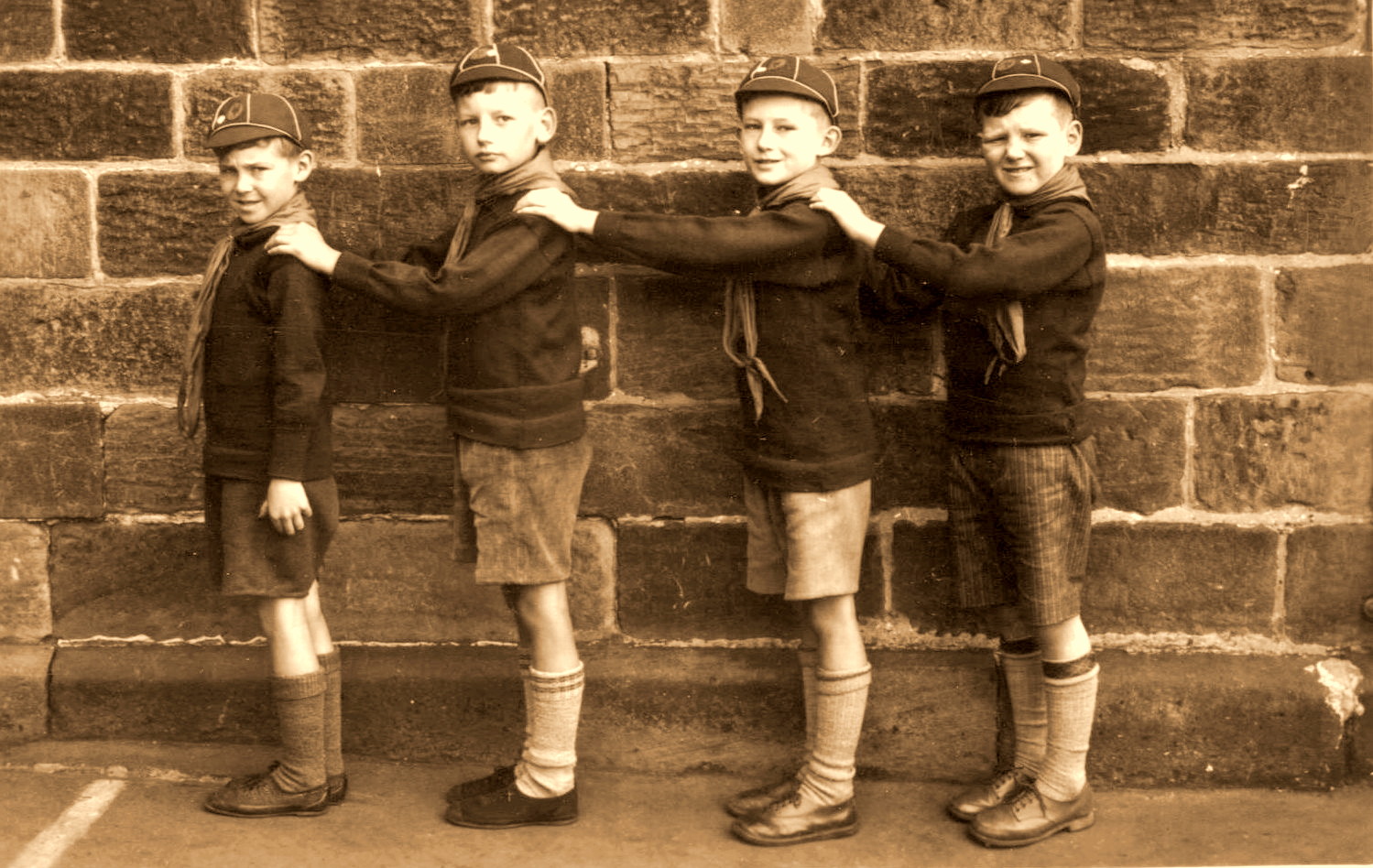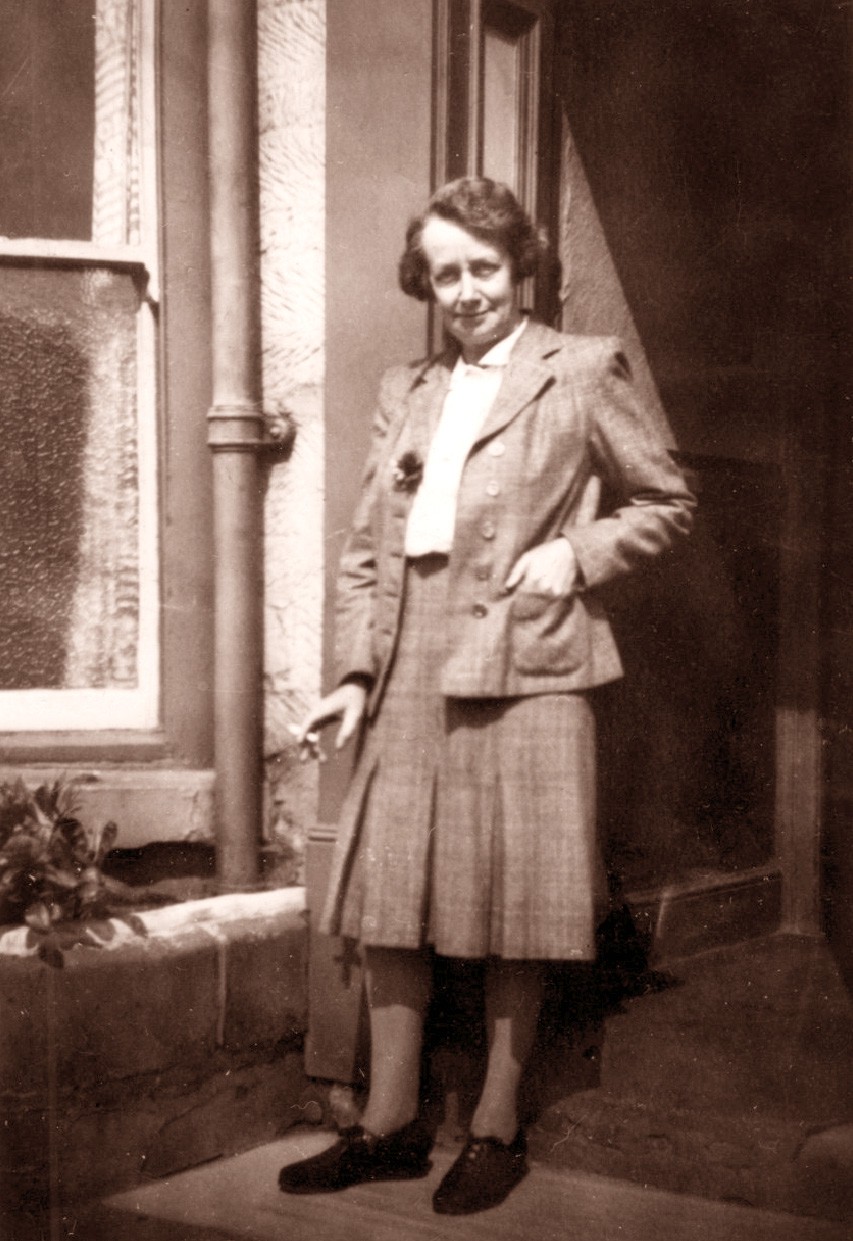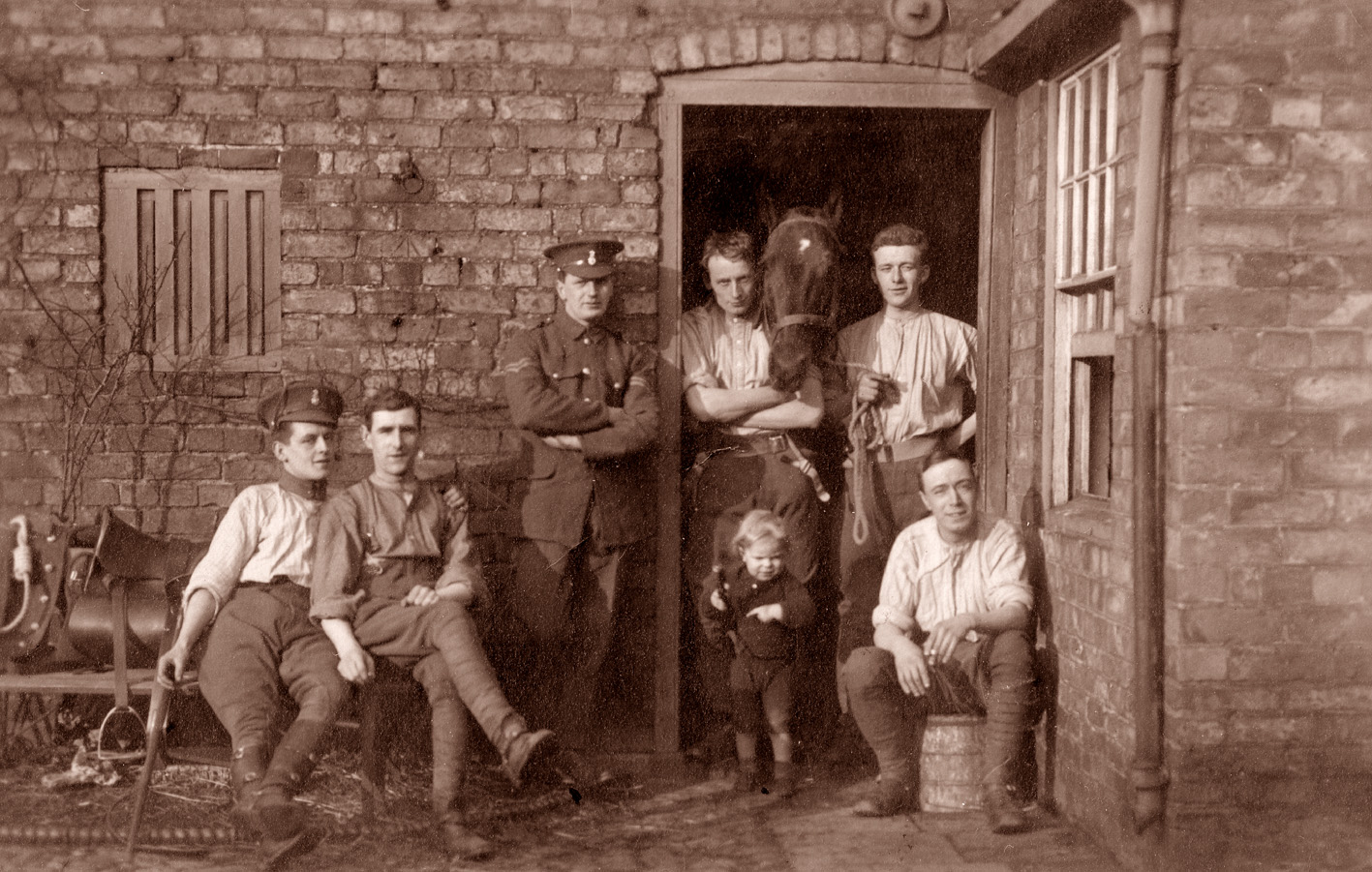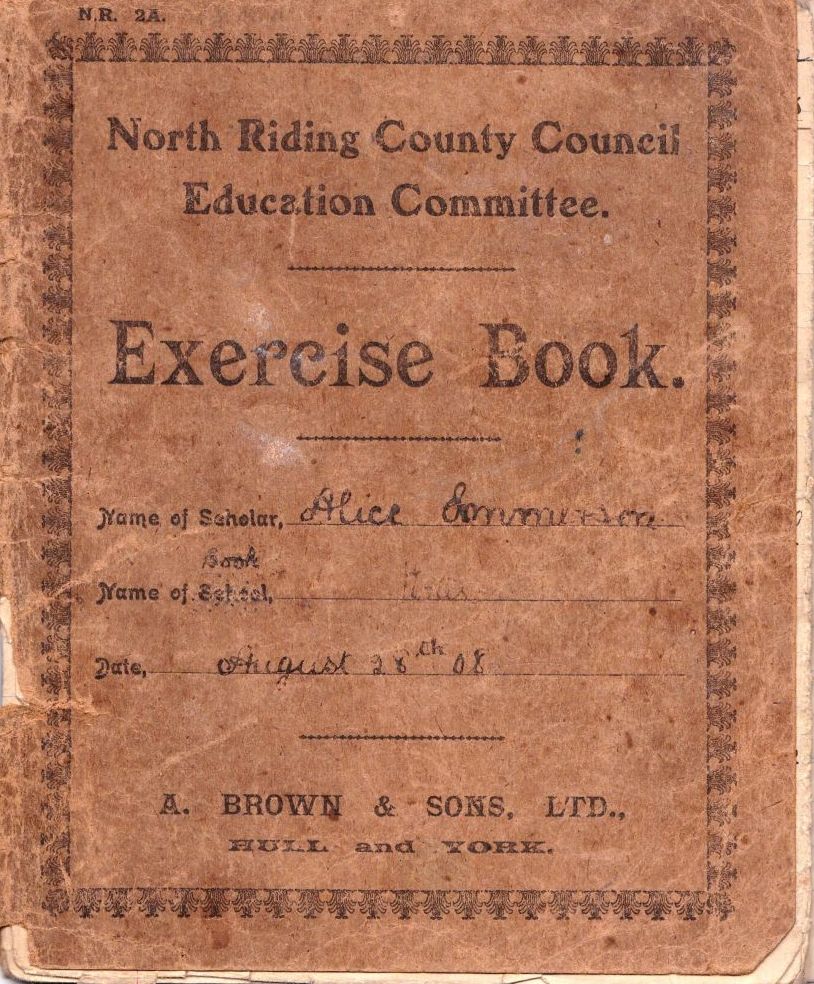The following photographs have been kindly contributed by the Judson family, Norman, Anne and Neil, of Saltburn by Sea.
Before and during the Second World War Norman lived at the Royal George, Skelton with his parents, Alice and George.
Alice was the Great Great Niece of Stephen Emmerson, the Miners’ Friend, of Hollybush Farm. See page 76.
Her Grandfather John Emmerson was the illegitimate son of Stephen’s sister, also named Alice.
Norman attended the Infants School on Cross Green. There is a photograph of him in the school band on the page for 1939 to 1941 here.
He went on to the Junior School at Skelton Green, Guisborough Grammar School and became a local school-teacher.
Norman died on the 29th June 2015.





John “George” T Judson served in the First World War with Alexandra, Princes of Wales’ Own Yorkshire Hussars.

This Regiment had been formed in 1908 on the creation of the Territorial Force and had Squadrons in various places across the North Riding of Yorkshire. It is not presently known when George enlisted.
All the Squadrons were split up and went to France in the spring of 1915 under the command of different Divisions.
On the 10 May 1916 the Regiment was reformed and became the XVII Corps Cavalry Regiment.
On the 26th August 1917 the Regiment was dismounted and sent to Etaples for Infantry training.
On the 13th November 1917 400 men were absorbed into 9th (Service) Battalion of the West Yorkshire Regiment, which now adopted the title 9th (Yorkshire Hussars Yeomanry) Battalion.
The 9th Battalion of the West Yorkshires came under the orders of the 11th Northern Division which fought in 1917 at the Third Battle of Ypres, Passchendaele and in 1918 the Battles of the Hindenberg line.
George must have been through much of this as his Medal Card shows that he was re-numbered in turn – 3321 and then 330766 in the Yorkshire Hussars and when all the Army was given a unique six figure number 236106 in the West Yorkshire Regiment.
Family recollections are that he said he was at one time in Egypt and during the course of his service suffered from being “gassed”.

After the war he worked at Skelton Park and Skelton Shaft as a Shaftsman.
During his time there he severed the tendons to his little and ring fingers on his left hand.
On the 4th March 1930, he was involved in an accident while inspecting a shaft when a rope gave way on the platform he and another man were being lowered on. The other man fell 400 feet to his death.
He was John Lusher, a foreman bricklayer at the mines, aged 57 years of age and lived at Skelton in Cleveland.

In 1941 George took the licence for the Royal George and ran it with Alice until 1961.
Alice had been born in 1895 at Hagg Farm, Skelton, where her maternal Grandfather was bailiff.
In 1897, when she was two, her mother, Mary, died. In this same year Hannah Emmerson the occupant of Hollybush Farm, Skelton also died and the farm was inherited by Alice’s father, Stephen William Emmerson.
Alice lived at Hollybush with her two sisters and brother Stephen until the age of 8, when in 1904 her father died and the family were split up.
Alice was sent to live with her Aunt Polly Seymour – formerly Elizabeth Emmerson, a sister of her father, on their farm at High Worsall.
The next photograph shows Alice on the right with the Seymours and their three children. Young Stephen was to be killed in the First World War, aged 24, on the 27th December 1917, while serving with the 26th Battalion of the Royal Fusiliers as 2910 Lance Corporal on the Italian Front. He is buried at Giavera British Cemetery Arcade.
In 1913, when Alice was 17, her brother Stephen was 21 and took over Hollybush farm. She lived there with him for the next 7 years to 1920 when they both married and Stephen emigrated to New Zealand

A letter written to Alice by Stephen has been preserved. In it he wrote a piece of “verse” about the Royal George:-
It was nice to hear from you and all the news about the Royal George:-
From an ancient pub, we watched it grow
Into a modern hotel, I would have you know.
It has had its old face lifted
And even the sign is slightly lifted
Even the coldest draughts have been cheated
For now it is internally heated.
And now the customers, Tom, Dick and Harry
At “Time Gents Please” with to tarry.
They talk and talk and think its nowt
If they are slow at getting out.
I remember the time of Landlord Bunn
And the renegade boy he called his son,
Who jumped the Transporter into the mud
And scrambled out the best he could.
He caused the old man pain and anguish,
When tried his life to end, extinguish
He then tied a lace around his neck.
He thought it would his life blood check.
But then he found he was out of breath.
This frightened him, he was scared to death.
Then he waved to a passer by
He found he was afraid to die.
They had a job to untie the lace,
For he was swollen in neck and face.
At last it was cut and he was free,
After all the fuss he did not dee.
The Royal George great memories hold,
But now I’m finished this episode.
